Celebrating Over Thirty Glorious Years of Design, Style and Travel

Robert Kuo’s father was a patient instructor. As Robert mastered each of the steps involved in cloisonné from preparing copper bases to enameling and firing the kilns, he absorbed all basics he would use and over his lifetime of design.
A visit to the United States persuaded the young artist/entrepreneur that the American environment would benefit him, both personally and professionally.
In 1973, he immigrated to the United States and opened a studio for cloisonné in Beverly Hills. Kuo cultivated a clientele that appreciated the way he revealed Chinese tradition. Using influences of Art Nouveau and Art Deco, Kuo introduced new shapes, finishes, and objects to cloisonné. It was during this time that the Smithsonian's Sackler Gallery acquired his 'Goldfish Bowl', with its lively naturalism.
In 1984, he designed the airy, contemporary building in Los Angeles that is still home to the studio of Robert Kuo. Located directly across from the Pacific Design Center at Melrose Avenue and San Vicente Boulevard, the Kuo Gallery became a favorite stop for designers.
In 1985, Kuo shifted his focus from working in cloisonné to repoussé, the art of hammering decorative relief onto metal. Instead of applying enamel to a copper base, the artist began to experiment with applying different finishes to the hammered base. Kuo looked to China for artisans experienced in ancient techniques. He trained craftsmen to adapt their skills to repoussé forms and objects. Today, he spends up to six months of the year in China to create new pieces, which are then finished in Los Angeles.
Robert Kuo offers a variety of decorative objects, from small tabletop decor to furniture and large landscaping decorative and ornament.
DDS: When did you first go back to China to research and revive ancient arts?
RK: I first went back to China in 1981 when I received US citizenship. My family immigrated to Taiwan during the Chinese Revolution and I went back to Mainland China to find relatives. It was still a very delicate time for Mainland China and Taiwan relations and there were so many misconceptions on both sides. I visited studios and wanted to see the old, traditional workshops and the refined crafts that were being done in Mainland China at that time. It wasn’t until 1982 that I started gradually working with the studios and the craftsmen in Beijing.
DDS: What are your favorite pieces?
RK: My favorites are always the newest ones that I am working on and developing. Those are the challenges. Those are the favorite pieces because I’m still perfecting them.
DDS: What craft do you especially admire?RK: My favorite technique is lacquer. I went to visit the National Palace Museum in Taipei and the director graciously allowed me to see any piece of my choosing from their permanent collection that was not on display. I asked the director (who was also a lacquer scholar) to choose something lacquer. Not only is lacquer the most labor intensive of the different techniques that I work with, but I am also taking this craft to a completely different level than its historical context. I consider lacquer the most unique craft because it can be applied and combined with other techniques such as repoussé.
DDS: Many of your more modern pieces stray away from the traditional Chinese touches to incorporate contemporary styles like art deco and nouveau. RK: I think this period is very important to design in general. Actually a lot of Western European Deco period was very inspired by Chinese design. My designs are not purposefully trying to be either Chinese traditional or Western contemporary.I think that is a combination of both cultures because I have both perspectives. I design what inspires me. The excitement of creating new pieces is invigorating. I just finished designing a collection of textiles with S. Harris.
DDS: What do you collect?
RK: I’m a passionate collector. Avid. I collect everything. I do not collect based on the material/technique. I am more interested in the design of the piece. Pieces that appeal to me demonstrate excellent design, rare or exquisite shapes, and art and craft and quality. One of my most extensive collections is a series of antique gold jewelry. Some are in gold filigree, inlay, and repoussé craftsmanship. This collection has never been shown and it has never been photographed.
DDS: Where can we find your newest pieces?
RK: We are represented by Yi’s Furniture in Taiwan; Gump’s in San Francisco; Cavit & Co. in New Zealand and Australia, as well as Saffron Interior Arts in the UK, and McHugh Gallery in Aspen. We make exclusive collections for McGuire Furniture San Francisco, Ann Sacks, and Kallista. Robert Kuo textile collections are available from S. Harris Showrooms.
Kuo’s designs and artistic work can be seen internationally, in National History Museum in Taipei and in hotels like the Singapore Ritz-Carlton, San Francisco's Hotel Palomar, Las Vegas MGM Grand Villas, and New York Four Seasons.
Robert Kuo is inspired by organic forms found in nature, as well as the timeless motifs of the Chinese Han and Ming dynasties — often combining them with Deco and Nouveau influences.
While most of his recent work has been in repoussé, he has designed a new collection of cloisonné lighting for McGuire.
ALL PHOTOGRAPHY BY DON FREEMAN:
http://www.donfreemanphoto.com
Don Freeman is an American artist, filmmaker and photographer. His work has appeared in Vogue, The World of Interiors, Elle Décor and Architectural Digest, international galleries and private collections, and four books,
Artists' Handmade Houses (Abrams 2011); The Hotel Book: Great Escapes North America, (Taschen 2006) and Ted Muehling; a portrait by Don Freeman (Rizzoli 2008). My Familiar Dream (1991) is in the permanent collections of the Getty and Victorian Albert Museum in London.
His film work includes Art House (2015), Tires, Velvet Paws (2015) , videos for Sherwin-Williams, Garo Sparo atelier, and Tomoyo Harada.
HOW TO FIND ROBERT KUO AND HIS COLLECTIONS:
www.robertkuo.com
ROBERT KUO SHOWROOM IN LA:
Robert Kuo
8686 Melrose Avenue
West Hollywood, CA 90069
STUDIOS BY APPOINTMENT ONLY:
Robert Kuo
5400 Jefferson Blvd.
Los Angeles, CA 90016
Robert Kuo
303 Spring Street
New York NY 10013
Robert Kuo's biography and passions present a life and avocation that are immersed in the best of Chinese art and craft traditions.
He was born in Beijing, and his family moved to Taiwan in 1947. Kuo’s father, an art professor and Chinese watercolor painter, started a cloisonné atelier and Robert became his apprentice at age fifteen. With focus and intense work, practice and study, throughout his life, he gained technical expertise and learned about decorative traditions from hands on work. And he has continued—mastering lacquer and working closely with artists using materials such as rock crystal, stone, repoussé work, along with many other rare and arcane Chinese arts such as Peking glass.
He was born in Beijing, and his family moved to Taiwan in 1947. Kuo’s father, an art professor and Chinese watercolor painter, started a cloisonné atelier and Robert became his apprentice at age fifteen. With focus and intense work, practice and study, throughout his life, he gained technical expertise and learned about decorative traditions from hands on work. And he has continued—mastering lacquer and working closely with artists using materials such as rock crystal, stone, repoussé work, along with many other rare and arcane Chinese arts such as Peking glass.

“I would like to think that I am taking the best elements of both Eastern and Western cultures. My work reflects the great appreciation and respect I have for traditional Chinese crafts and techniques but it also reflects the inspiration that is derived from the freedom and individuality of the Western culture.” — Artist and designer Robert Kuo
Robert Kuo’s father was a patient instructor. As Robert mastered each of the steps involved in cloisonné from preparing copper bases to enameling and firing the kilns, he absorbed all basics he would use and over his lifetime of design.
A visit to the United States persuaded the young artist/entrepreneur that the American environment would benefit him, both personally and professionally.
In 1973, he immigrated to the United States and opened a studio for cloisonné in Beverly Hills. Kuo cultivated a clientele that appreciated the way he revealed Chinese tradition. Using influences of Art Nouveau and Art Deco, Kuo introduced new shapes, finishes, and objects to cloisonné. It was during this time that the Smithsonian's Sackler Gallery acquired his 'Goldfish Bowl', with its lively naturalism.
In 1984, he designed the airy, contemporary building in Los Angeles that is still home to the studio of Robert Kuo. Located directly across from the Pacific Design Center at Melrose Avenue and San Vicente Boulevard, the Kuo Gallery became a favorite stop for designers.
In 1985, Kuo shifted his focus from working in cloisonné to repoussé, the art of hammering decorative relief onto metal. Instead of applying enamel to a copper base, the artist began to experiment with applying different finishes to the hammered base. Kuo looked to China for artisans experienced in ancient techniques. He trained craftsmen to adapt their skills to repoussé forms and objects. Today, he spends up to six months of the year in China to create new pieces, which are then finished in Los Angeles.
Robert Kuo offers a variety of decorative objects, from small tabletop decor to furniture and large landscaping decorative and ornament.
A Chat with Robert Kuo
I recently sat down for a conversation with Robert Kuo. Join us, to find out more about his concepts, his inspirations, and his ongoing intention to keep Chinese arts and crafts alive.DDS: When did you first go back to China to research and revive ancient arts?
RK: I first went back to China in 1981 when I received US citizenship. My family immigrated to Taiwan during the Chinese Revolution and I went back to Mainland China to find relatives. It was still a very delicate time for Mainland China and Taiwan relations and there were so many misconceptions on both sides. I visited studios and wanted to see the old, traditional workshops and the refined crafts that were being done in Mainland China at that time. It wasn’t until 1982 that I started gradually working with the studios and the craftsmen in Beijing.
DDS: What are your favorite pieces?
RK: My favorites are always the newest ones that I am working on and developing. Those are the challenges. Those are the favorite pieces because I’m still perfecting them.
DDS: What craft do you especially admire?RK: My favorite technique is lacquer. I went to visit the National Palace Museum in Taipei and the director graciously allowed me to see any piece of my choosing from their permanent collection that was not on display. I asked the director (who was also a lacquer scholar) to choose something lacquer. Not only is lacquer the most labor intensive of the different techniques that I work with, but I am also taking this craft to a completely different level than its historical context. I consider lacquer the most unique craft because it can be applied and combined with other techniques such as repoussé.
DDS: Many of your more modern pieces stray away from the traditional Chinese touches to incorporate contemporary styles like art deco and nouveau. RK: I think this period is very important to design in general. Actually a lot of Western European Deco period was very inspired by Chinese design. My designs are not purposefully trying to be either Chinese traditional or Western contemporary.I think that is a combination of both cultures because I have both perspectives. I design what inspires me. The excitement of creating new pieces is invigorating. I just finished designing a collection of textiles with S. Harris.
DDS: What do you collect?
RK: I’m a passionate collector. Avid. I collect everything. I do not collect based on the material/technique. I am more interested in the design of the piece. Pieces that appeal to me demonstrate excellent design, rare or exquisite shapes, and art and craft and quality. One of my most extensive collections is a series of antique gold jewelry. Some are in gold filigree, inlay, and repoussé craftsmanship. This collection has never been shown and it has never been photographed.
DDS: Where can we find your newest pieces?
RK: We are represented by Yi’s Furniture in Taiwan; Gump’s in San Francisco; Cavit & Co. in New Zealand and Australia, as well as Saffron Interior Arts in the UK, and McHugh Gallery in Aspen. We make exclusive collections for McGuire Furniture San Francisco, Ann Sacks, and Kallista. Robert Kuo textile collections are available from S. Harris Showrooms.
“Changes and evolution are natural and I work in many different styles and crafts now. The base of cloisonné is repoussé copper. I was able to work in repoussé because of my eaerly experience with cloisonné. And since I am a great admirer of Chinese lacquer, I started working with lacquer. Certain designs translate better in different techniques. I could never achieve the look that I wanted for the cream lacquer sheep unless I was able to do the base in repoussé.”—Robert Kuo
Kuo’s designs and artistic work can be seen internationally, in National History Museum in Taipei and in hotels like the Singapore Ritz-Carlton, San Francisco's Hotel Palomar, Las Vegas MGM Grand Villas, and New York Four Seasons.
Robert Kuo is inspired by organic forms found in nature, as well as the timeless motifs of the Chinese Han and Ming dynasties — often combining them with Deco and Nouveau influences.
While most of his recent work has been in repoussé, he has designed a new collection of cloisonné lighting for McGuire.
"Robert Kuo is the contemporary representation of the imperial artisan." — Clarence Shangraw, chief curator emeritus, for the Asian Art Museum of San Francisco, Tsui Museum of Art, and The Trammell and Margaret Crow Collection of Asian Art
ALL PHOTOGRAPHY BY DON FREEMAN:
http://www.donfreemanphoto.com
Don Freeman is an American artist, filmmaker and photographer. His work has appeared in Vogue, The World of Interiors, Elle Décor and Architectural Digest, international galleries and private collections, and four books,
Artists' Handmade Houses (Abrams 2011); The Hotel Book: Great Escapes North America, (Taschen 2006) and Ted Muehling; a portrait by Don Freeman (Rizzoli 2008). My Familiar Dream (1991) is in the permanent collections of the Getty and Victorian Albert Museum in London.
His film work includes Art House (2015), Tires, Velvet Paws (2015) , videos for Sherwin-Williams, Garo Sparo atelier, and Tomoyo Harada.
HOW TO FIND ROBERT KUO AND HIS COLLECTIONS:
www.robertkuo.com
ROBERT KUO SHOWROOM IN LA:
Robert Kuo
8686 Melrose Avenue
West Hollywood, CA 90069
STUDIOS BY APPOINTMENT ONLY:
Robert Kuo
5400 Jefferson Blvd.
Los Angeles, CA 90016
Robert Kuo
303 Spring Street
New York NY 10013
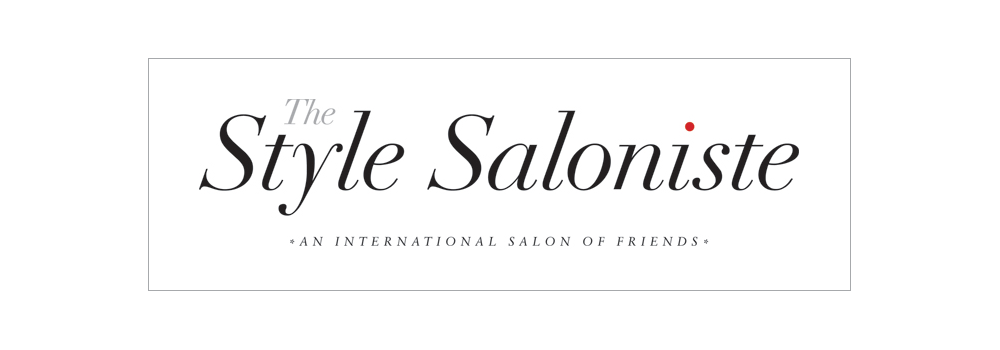

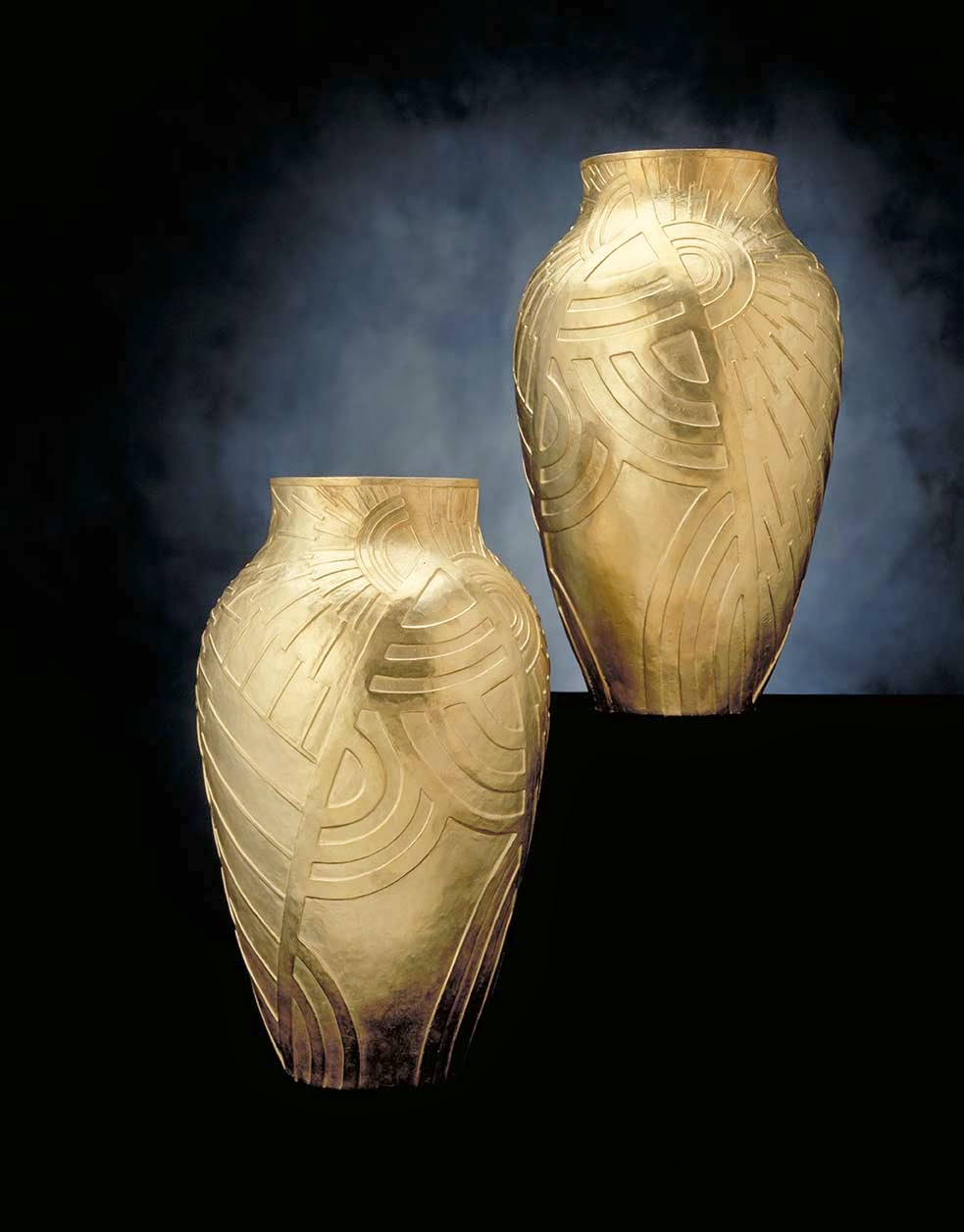

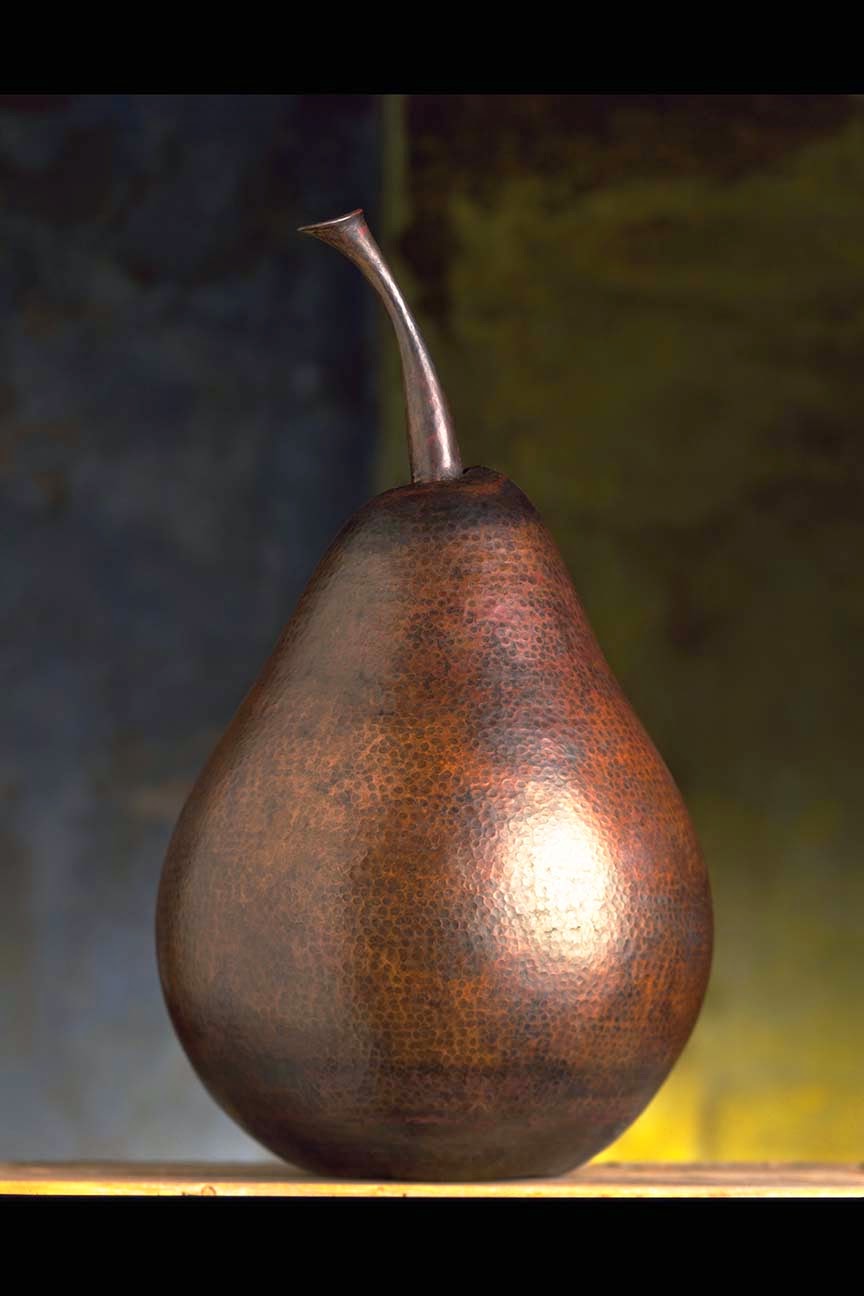


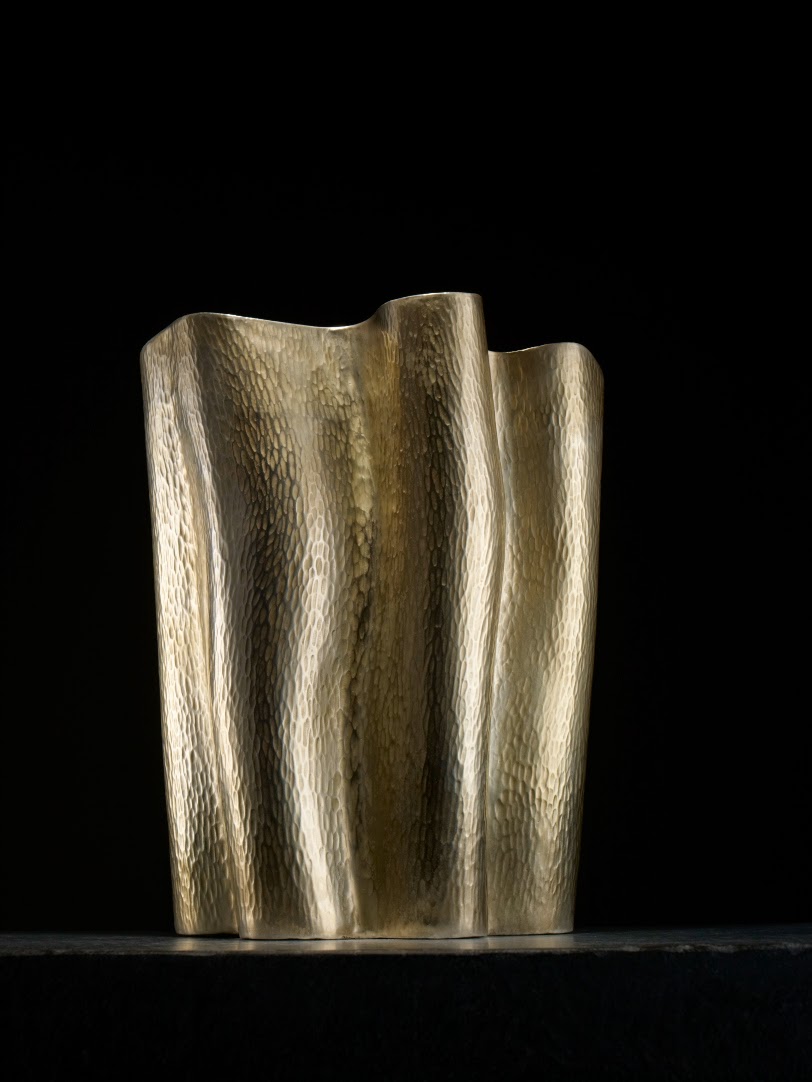

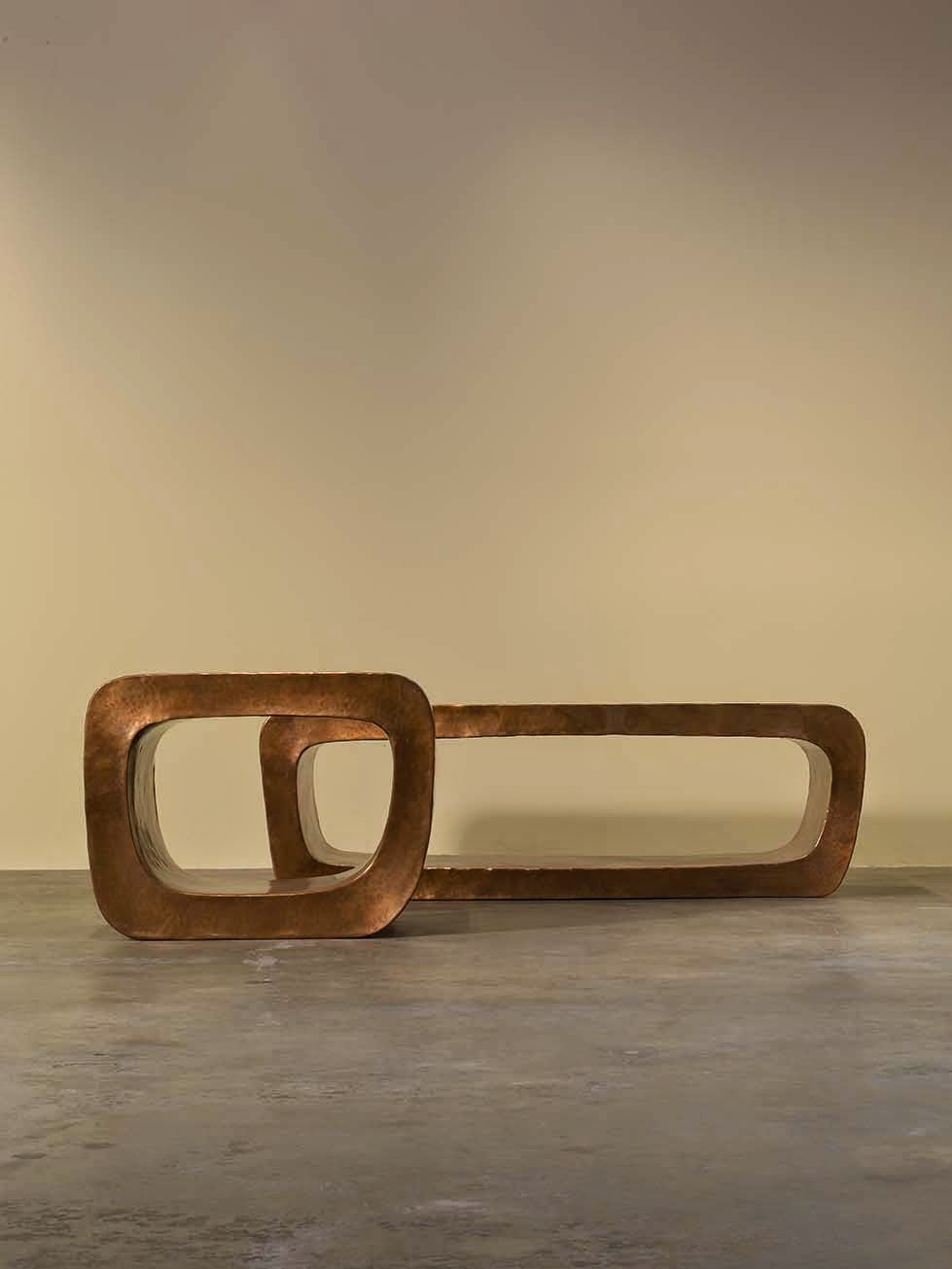
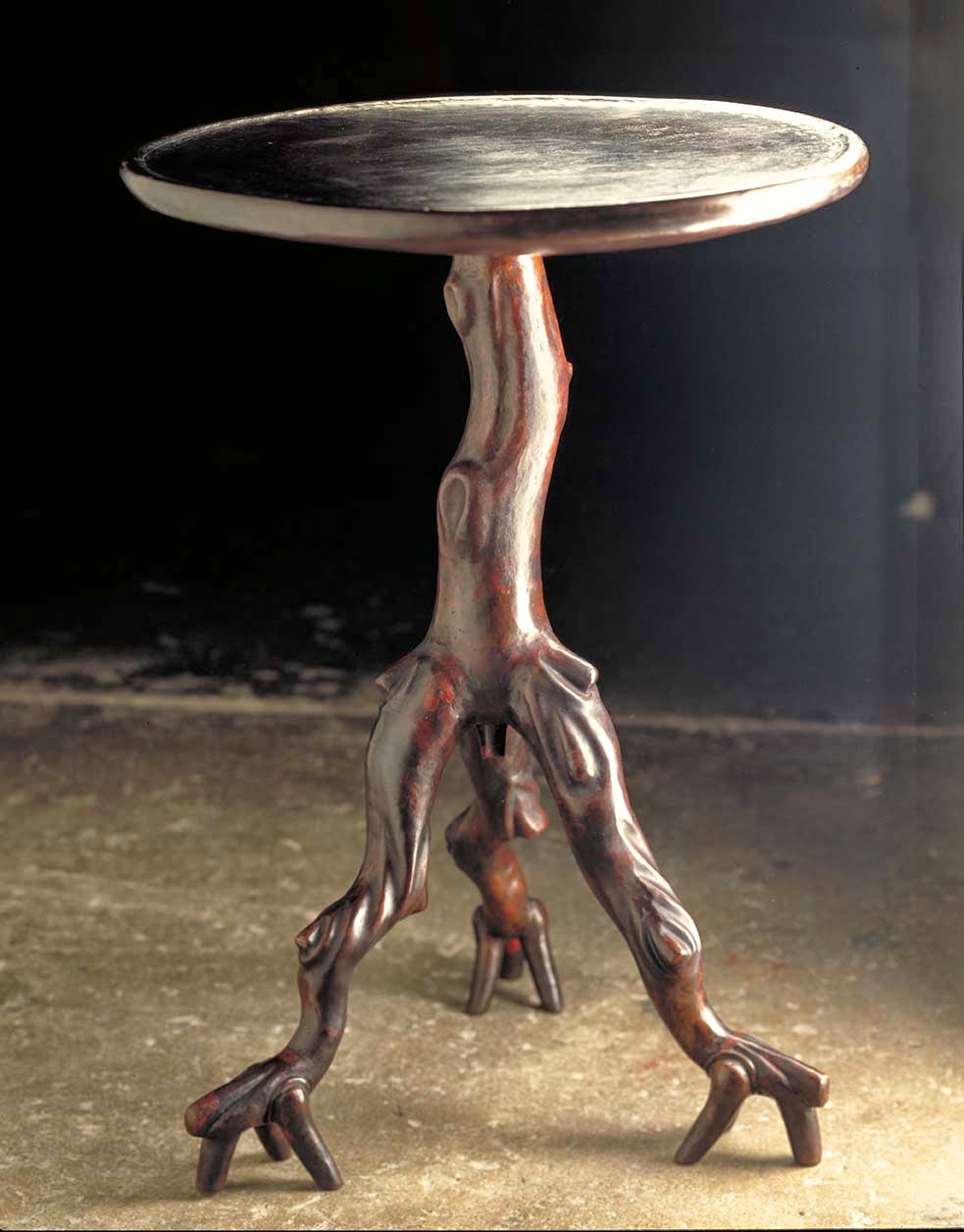






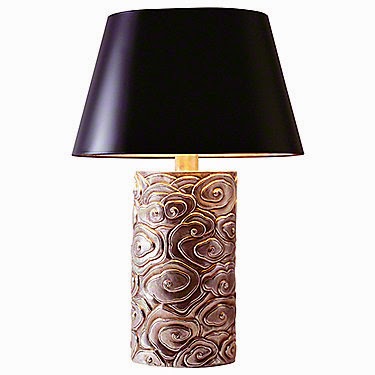
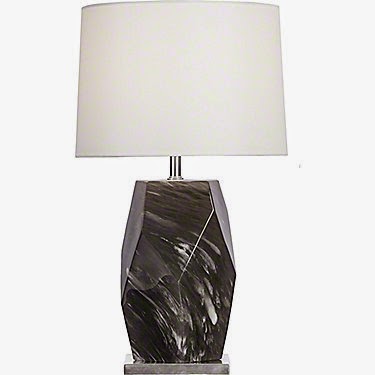
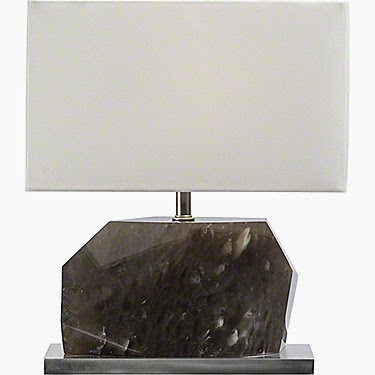


1 comment:
I've always coveted the black-shaded cloud motif-base lamp when I first saw it in Altfield in Hong Kong, but sadly I don't think it's stocked anymore. A friend has one, and I always thought he might give it to me as a parting gift when he left Hong Kong this year. Sadly not!
Post a Comment